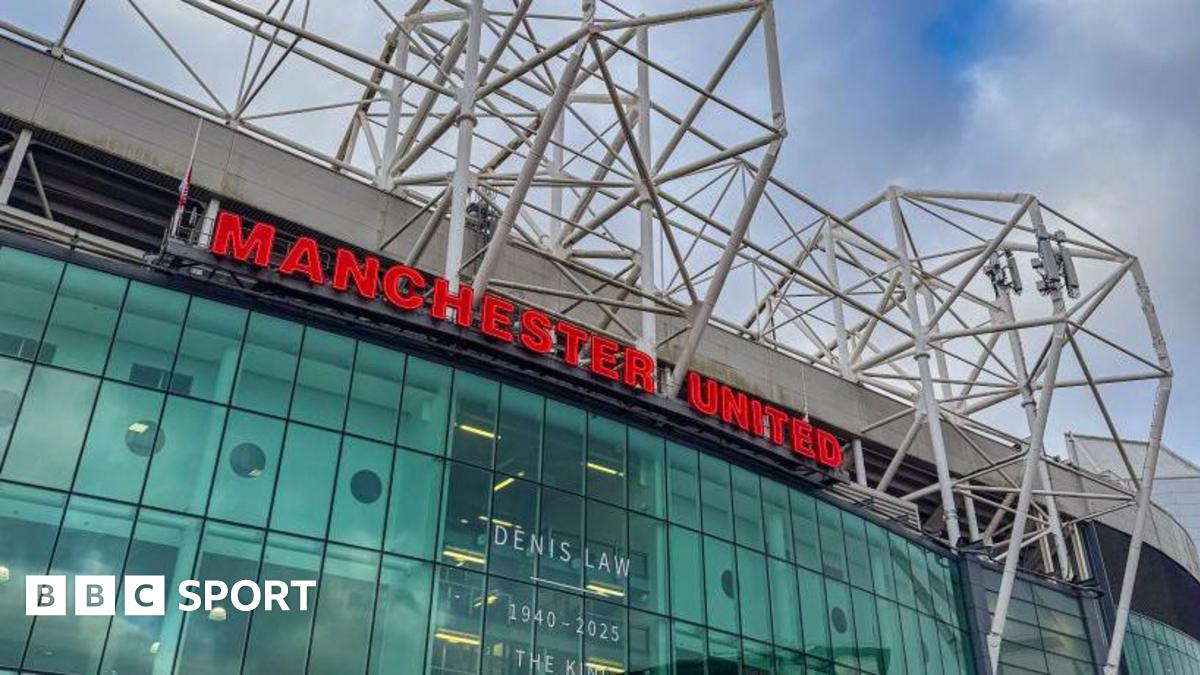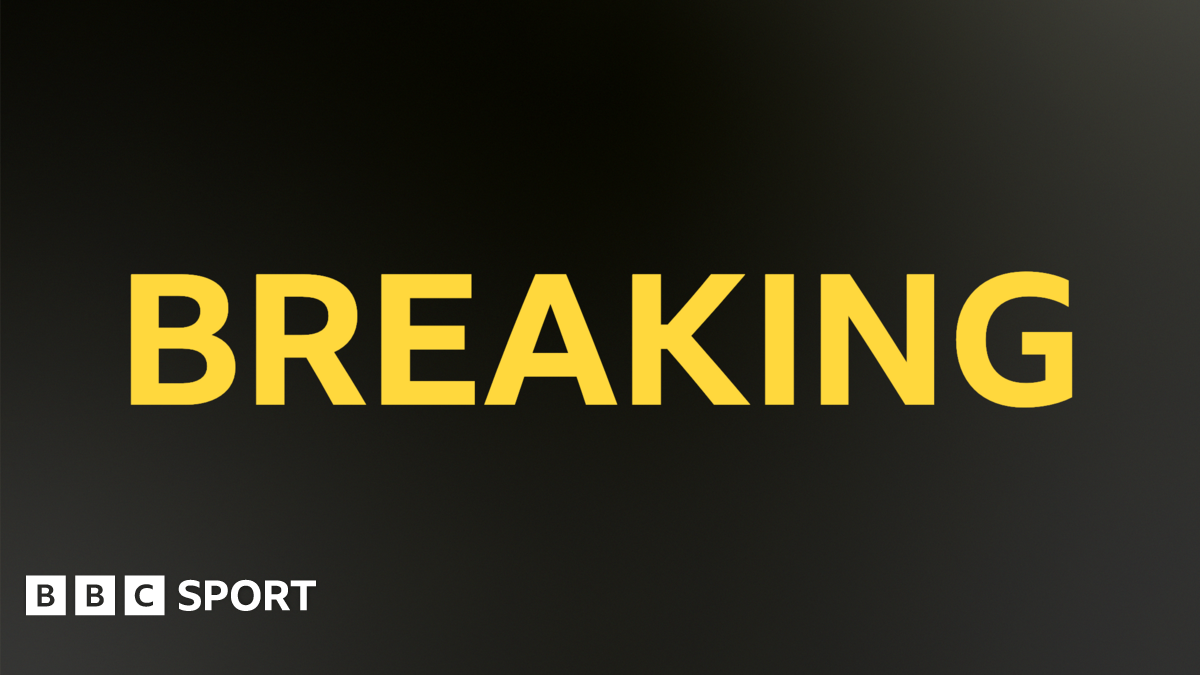ARTICLE AD BOX
Floyd Mayweather v Conor McGregor, Francis Ngannou v Tyson Fury and Nate Diaz v Jake Paul. Crossover boxing is commonplace in the modern era, but it all started in 1976 - with one of the most famous fighters of all time.
On 26 June of that year, Muhammad Ali, then a two-time world heavyweight boxing champion, stepped out to face Japanese wrestler Antonio Inoki in front of 14,500 fans at the Budokan arena in Tokyo.
It was a match that ended with a trip to hospital for Ali - and rubbish thrown into the ring by a disappointed crowd.
But before it all began, hopes were high.
Ali had been introduced to the president of the Japanese amateur wrestling association, Ichiro Hatha, in 1975 and the boxer asked if anyone would be willing to challenge him for a fee of $1m.
It made headline news in Japan and Inoki - one of the country's household names - and his backers offered Ali $6m to fight.
Sean Allsop, from the Sporting Witness podcast, spoke to photographer Claude Charlier to look back at the bout billed as the 'War of the Worlds'. Charlier, then 23, was living in Tokyo at the time of the fight.
"You had tons and tons of people outside the Budokan hoping to have a glimpse of Muhammad Ali or Antonio Inoki," he said.
Charlier recalls the build-up inside the arena: "Inoki always wore his purple robe. Ali came in waving and shouting, and it was quite exciting at the beginning."
The bout was an opportunity for Ali - who had beaten Joe Frazier in the third fight of their trilogy just eight months earlier - to cement his status as not just the greatest boxer in the world, but also the best athlete.
Originally planned to be rehearsed, the exhibition match became a real fight. However, Ali had watched Inoki training in Tokyo and, seeing the threat he posed, new rules were put in place.
"Inoki told me something interesting," Charlier said.
"He said 'I think Ali is not taking the fight very seriously. He thinks that this is just going to be a show. But it's not the show, we're going to really fight, and I may break his arm or his leg.' Inoki was a powerful fighter."
The rules agreed by Ali's representatives meant Inoki could not use tackling, grappling or standing kicks.
But the wrestler found a loophole - he could kick while he was on the floor.
The public had not been informed of these rules and were left baffled as Inoki dropped to the canvas and started to kick out at Ali's legs.
"Ali's people told him to stay away from Inoki, because he was going to really hurt him. Ali started to do his Ali show, making fun of him," Charlier said.
"Inoki was kicking him repeatedly, in the second round, then in the third round it was exactly the same, he was always trying to not get hit by just staying on the mat, and just kicking Ali.
"Ali got mad and he said 'I thought you were a pro wrestler. You're not fighting.'"
In round six, Inoki managed to grab Ali's feet and bring him to the ground - a move not too dissimilar to those seen in mixed martial arts today.
"By round 10, Ali was in a lot of pain and his leg horribly swollen," Charlier said.
After so much hype, the points were ruled to be equal after 15 rounds and it was declared a draw.
"At the end of the fight everybody started to boo and start throwing anything they had - cushions, cans, or anything into the ring," Charlier said.
"People threw things because they were really, really upset... Paying almost $5,000 at the time for ringside and having a fight like this was really not fair."
Ali was taken to hospital after the bout having been kicked more than 100 times - and only thrown six punches.
While the 'War of the Worlds' may not have been a hit with the fans, crossover boxing - and the lucrative income that can come with it - had begun.

 4 months ago
14
4 months ago
14








 English (US) ·
English (US) ·